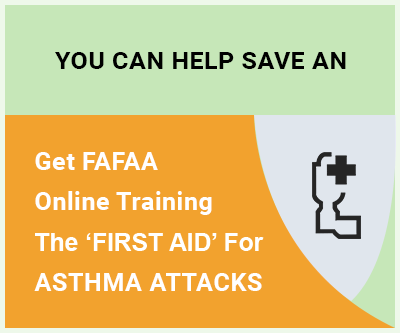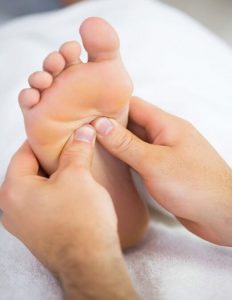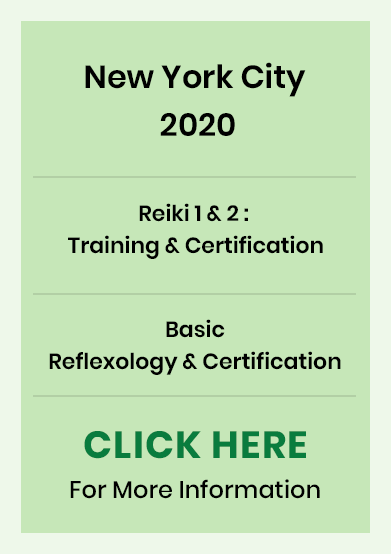
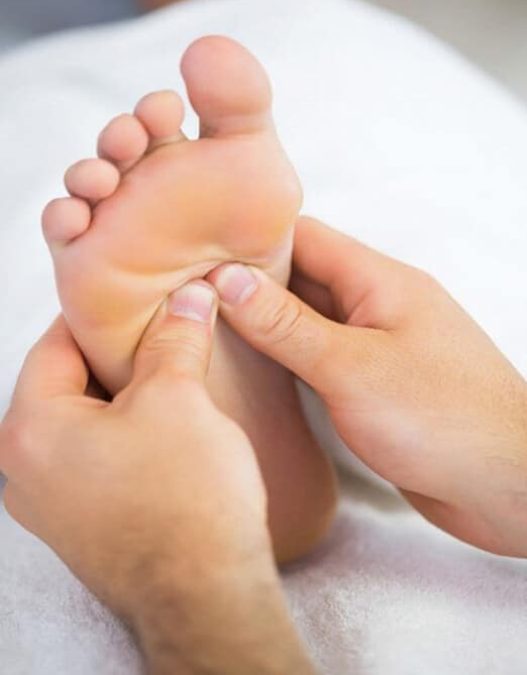
Bet You Don’t Know About the Secret Weapon for Asthmatics Do You?
Well… Introducing Asthma Reflexology– Asthmatics Secret Weapon!
I know many of You haven’t a clue about what Asthma Reflexology is, and how it relates to Asthma. This article is geared to give You that clue.
LOL… for those of You who are used to reading My articles You know how long they can be right…This one promises to be relatively short.
For asthmatics, Asthma Reflexology is particularly useful in preventing asthma attacks and decreasing escalations during an attack. During an attack it should be used as an adjunct or support tool—and not a replacement for Your Physician prescribed asthma treatment.
So more about Asthma Reflexology. To keep things simple, let’s just say, every part of the entire body has a corresponding reflex site on the feet and See book: Better Health with Foot Reflexology by Dwight C. Byers.
During an asthma attack, when pressure is applied to respiratory sites with the tip of thumb or fingers, those sites initially feel very painful. On a scale of 1-10 the pain will probably feel like a 15.
Apply pressure continuously to the respiratory sites on each foot, hold each site 10-15 seconds. Maintain pressure just past the point of discomfort. Continue to apply pressure at that level.
The discomfort will generally begin to lessen after 5 or 10 minutes. This translates as-- the asthmatic is improving. Remember You use Asthma Reflexology as an adjunct or support while taking Your inhaler or nebulizer.
When Asthma Reflexology is administered, and the respiratory sites are not painful or uncomfortable it generally indicates that the person's respiratory status is fine.
Asthmatics who routinely self-administer Reflexology treatments are taking advantage of an available tool that they can use to gauge their respiratory status. See book Golden Wings, Holistic Approach to Managing Asthma by Yocheved Bat-Imedt.
Uncomfortable or painful sites may be a sign of an impending asthma attack or some other respiratory problem i.e. a cold. In any case, this alerts the asthmatic to have extra water and medication readily available.
Applying pressure to the sites until they are no longer uncomfortable or painful can possibly help avert an asthma attack. Asthma Reflexology is a great self-administer tool as well as a tool for parents with children under 12 years and YOUR SECRET WEAPON!!!
- © copyright 2020 – All Rights Reserved
- If You would like to use this article on Your website, You may do so as long as You reference My website as the source for Your information.
- www.firstaidforasthmaattacks.com
- Maybe You Just Want to Comment? Please Share Your Thoughts Below 😃
About FAFAA-First Aid For Asthma Attacks:
FAFAA-First Aid For Asthma Attacks truly needs to become known worldwide as the "CPR" for asthma attacks.
In America's current health care crisis, FAFAA can play a role in helping to reduce some of the costliest medical expenses, such as ambulance calls and trips to the emergency room. It's a perfect example of how health care costs can be significantly reduced by using a fresh new approach to a rapidly growing problem.
At this point, FAFAA is not widely known, but it needs to be and the sooner, the better. YOU can help rectify this situation! For example, just telling others about the FAFAA videos on YouTube (easily found with a search for "holistic asthma") will help to spread the word. To get the message out to the masses as efficiently as possible will require informing those who are in key positions in ALL types of media.
In the future, if we have thousands of certified FAFAA Trainers, thousands of lives around the world can be saved. Because FAFAA is a concept easily taught to children, a new generation could grow up knowing how to offer First Aid to anyone having an Asthma attack.
To reach these lofty goals, the concept of how FAFAA can save lives and greatly reduce health care costs needs to be spread far and wide all across the globe.
***Please do YOUR part to inform everyone you know and ask them to do the same. With your help, we WILL succeed!

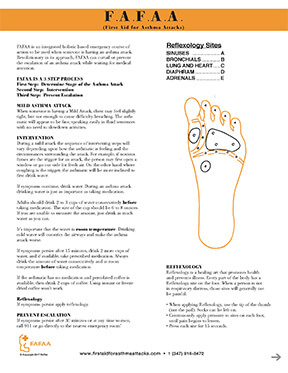
First Aid for Asthma Attacks (FAFAA) Chart with an Asthma Reflexology map for Respiratory sites is available separately for purchase as an online download and is included as a bonus with the FAFAA training.
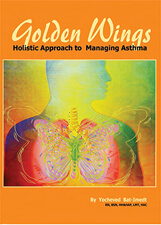
Book Golden Wings, Holistic Approach to Managing Asthma, Herbal tinctures for Asthma (For purchase within the United States and Canada only).
FAFAA Asthma Chart, (companion to downloadable FAFAA video found on this website) Great to post in businesses, hotels, homes.
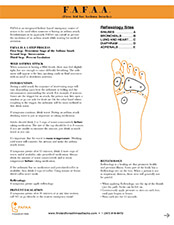
Adult Holistic Asthma
Preventive Chart.
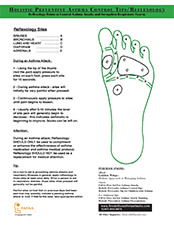
Children Holistic Asthma
Preventive Chart.
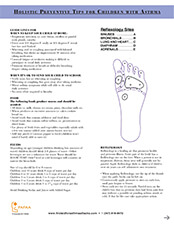
**Holistic Asthma and Holistic Children Preventive charts contain information on how to prevent and manage asthma includes a Reflexology map of Respiratory sites.
Asthma Herbal Extracts
NOT FOR USE DURING ASTHMA ATTACK
- Cost
- One 2 ounce bottle-- $29 plus $10 Shipping.
- One 4 ounce bottle-- $55 plus $10 Shipping.
- One 8 ounce bottle-- $110 plus $12 Shipping.
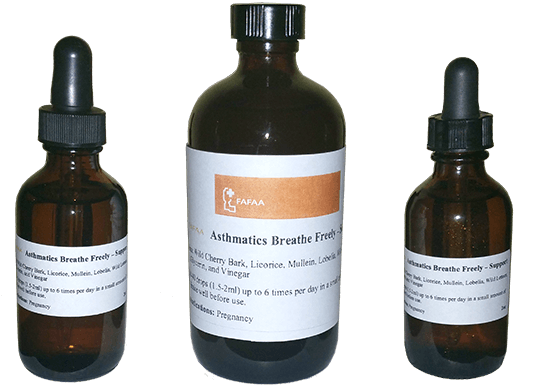
BEST BUY Save $75
Three 8 ounce bottles for $255 (normally $110 each)
FREE SHIPPING
For a Limited Time
Shipped ONLY in United States Except Alaska And Hawaii
Asthma Audio
—Gardens of Tranquility Interview
- Gardens Of Tranquility Interview 00:00
Categories
Categories
We offer In-Person FAFAA Group training for 10 or more Participants, Interested...?
FREE!!!
“ Vegan Weight-Loss” PDF e-Book Leave Name & Email
------------
Receive Future FAFAA Notifications!
Available for consultations and speaking engagements!
New Articles
Our Video

